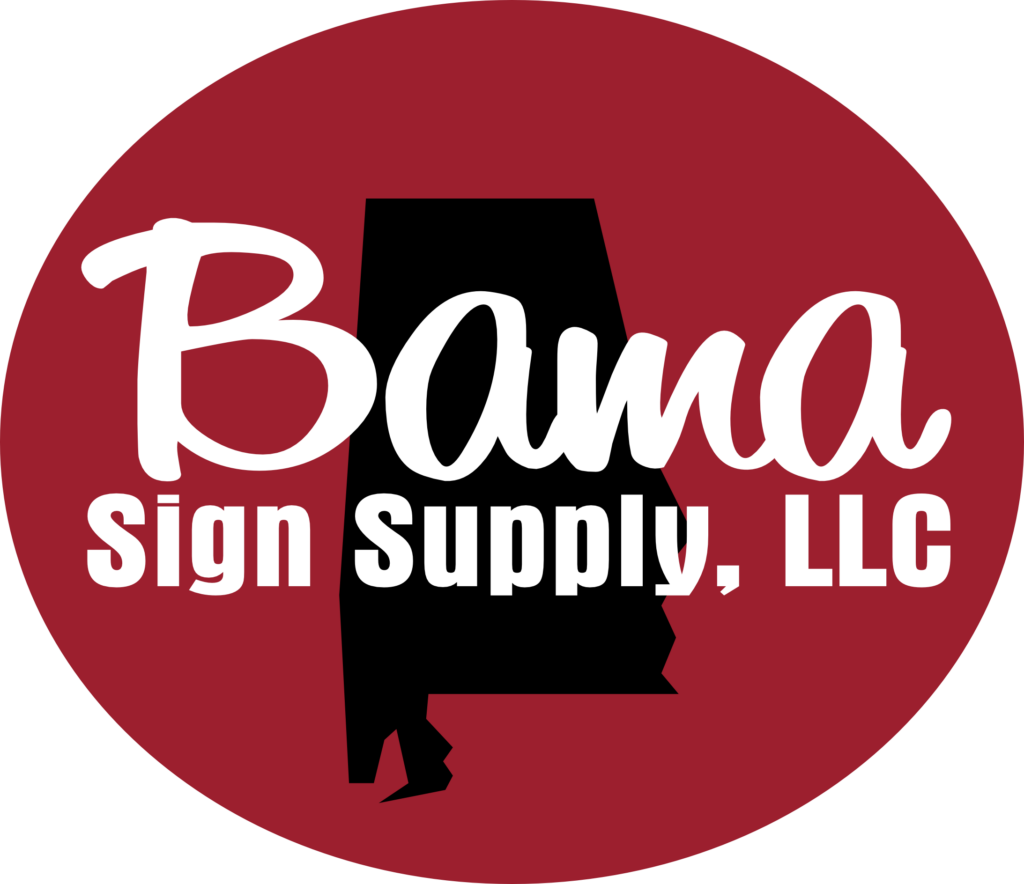Title: Exploring Eco-Friendly Substrates for Sustainable Sign-Making
As the world continues to prioritize sustainability, businesses are seeking eco-friendly alternatives in all aspects of their operations, including signage. Traditional sign-making materials often have a significant environmental impact, from the production process to their end-of-life disposal. However, the emergence of eco-friendly substrates has provided a sustainable solution for creating impactful signage without compromising on environmental responsibility.
Eco-friendly substrates, also known as green substrates, are materials that are sourced, manufactured, and disposed of in a way that minimizes their environmental impact. These substrates offer a range of benefits, including reduced carbon footprint, lower energy consumption, and decreased waste generation. In the realm of sign-making, exploring these eco-friendly substrates presents an opportunity for businesses to demonstrate their commitment to sustainability while maintaining high-quality and visually appealing signage.
One popular eco-friendly substrate for sustainable sign-making is recycled paperboard. This material is made from post-consumer waste, such as recycled paper and cardboard, and is available in various thicknesses and finishes. Recycled paperboard is not only environmentally friendly but also versatile, making it suitable for a wide range of indoor signage applications. Its smooth surface provides an excellent base for vibrant printing, ensuring that the signage maintains its visual impact while reducing the demand for virgin materials.
Another eco-friendly substrate option is bamboo-based board. Bamboo is a fast-growing and renewable resource that can be used to create durable and visually striking signage. Bamboo-based boards offer the added benefit of being biodegradable, further reducing their environmental impact at the end of their lifecycle. Additionally, bamboo’s natural aesthetic and unique grain patterns can add a distinct and eco-conscious element to signage, making it an ideal choice for businesses looking to stand out while staying environmentally responsible.
For outdoor signage, eco-friendly substrates such as reclaimed wood or recycled plastic panels can be utilized. Reclaimed wood provides a rustic and authentic look, offering a visually appealing option for businesses aiming to convey a sustainable and natural image. On the other hand, recycled plastic panels, made from post-consumer plastics, offer durability and weather resistance, making them suitable for long-lasting outdoor signage applications.
In addition to the material itself, the production process of eco-friendly substrates also plays a crucial role in their sustainability. Look for manufacturers that prioritize eco-friendly practices, such as water-based inks, low-energy production methods, and waste reduction initiatives. By choosing suppliers and manufacturers that align with sustainable principles, businesses can ensure that their signage materials are not only eco-friendly but also produced in an environmentally responsible manner.
Ultimately, the adoption of eco-friendly substrates for sustainable sign-making represents a significant step towards reducing the environmental impact of business operations. By incorporating these materials into their signage strategies, businesses can communicate their commitment to environmental stewardship while contributing to a more sustainable future. As the demand for eco-friendly solutions continues to grow, the availability and diversity of green substrates for sign-making are expected to expand, providing even more options for businesses to showcase their eco-conscious values.
In conclusion, exploring eco-friendly substrates for sustainable sign-making presents a valuable opportunity for businesses to align their visual branding with their environmental goals. By choosing materials such as recycled paperboard, bamboo-based board, reclaimed wood, or recycled plastic panels, businesses can create impactful signage while minimizing their ecological footprint. As the sustainable signage industry continues to evolve, embracing eco-friendly substrates will undoubtedly become a standard practice for businesses committed to environmental responsibility.
